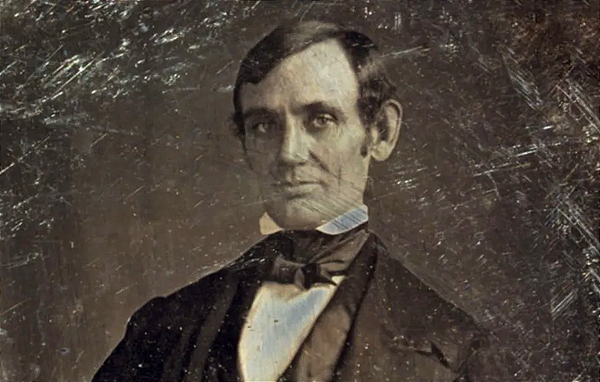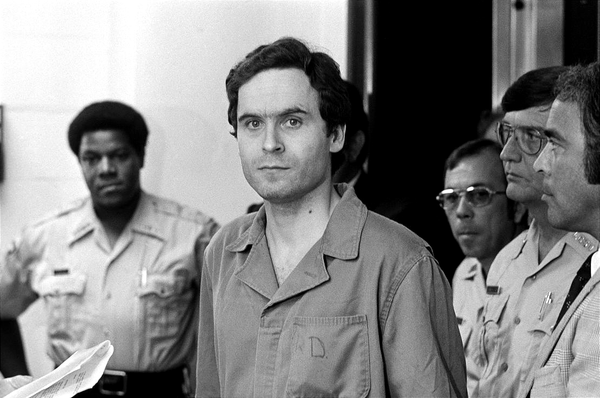He invented a new way to take photographs of snowflakes
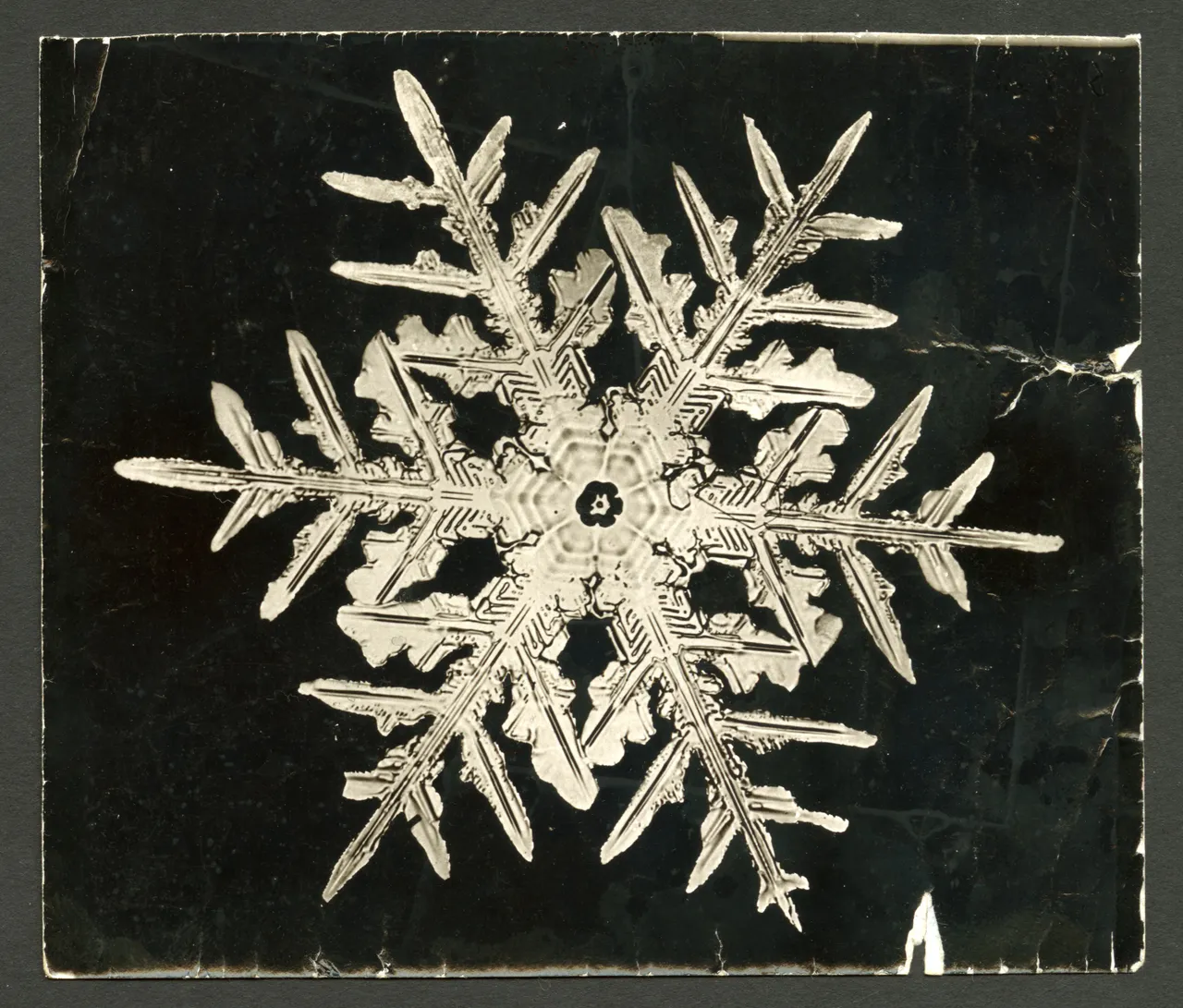
From The New Yorker: "For Wilson Bentley, the late-nineteenth- and early-twentieth-century microphotographic innovator and bona-fide snowflake obsessive, contemplating the dazzling panoply of kaleidoscopic snow-crystal formations was a pastime that never lost its lustre. In fact, it is through Bentley’s encyclopedic collection of more than five thousand snowflake photographs, a portion of which are now housed in the Smithsonian Institution, that we got the notion of snowflakes’ singularity in the first place. Bentley was born in 1865 and raised on a farm in Jericho, Vermont. His father and brother spent their days tending to the property. Bentley was expected to pitch in, too, but he was more interested in studying the land than in working it. He became enthralled with a microscope given to him by his mother, a former schoolteacher, and discovered that each snowflake had its own careful and fleeting geometry."
Archaeologists have found the first pharaoh's tomb in more than a hundred years

From the BBC: "Egyptologists have discovered the first tomb of a pharaoh since Tutankhamun's was uncovered over a century ago. King Thutmose II's tomb was the last undiscovered royal tomb of the 18th Egyptian dynasty. A British-Egyptian team has located it in the Western Valleys of the Theban Necropoli. Researchers had thought the burial chambers of the 18th dynasty pharaohs were more than 2km away, closer to the Valley of the Kings. The crew found it in an area associated with the resting places of royal women, but when they got into the burial chamber they found it decorated - the sign of a pharaoh. Dr Litherland said the discovery solved the mystery of where the tombs of early 18th dynasty kings are located. Researchers found Thutmose II's mummified remains two centuries ago but its original burial site had never been located."
Aleister Crowley and William Butler Yeats fought over black magic vs white magic
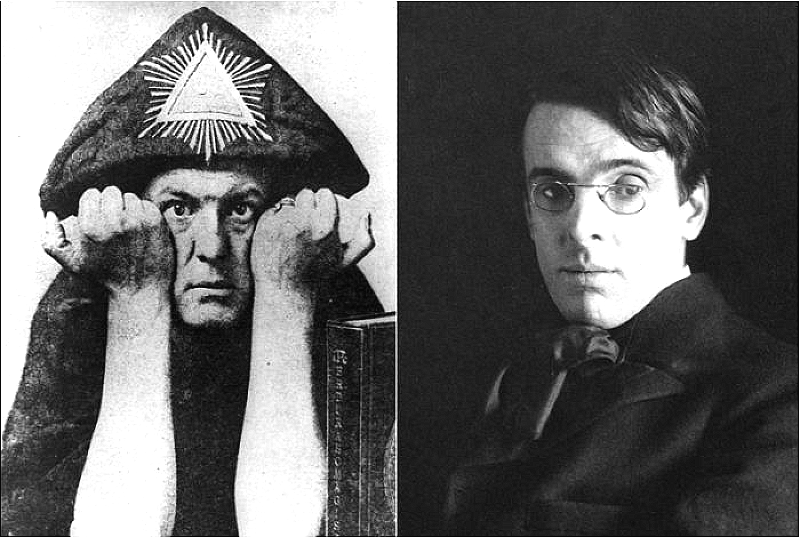
From Open Culture: "Aleister Crowley — English magician and founder of the religion of Thelema — has been admired as a powerful theorist and practitioner of the dark arts, or what he called “Magick.” The Irish poet William Butler Yeats once wrote that the study of magic was “the most important pursuit of my life….. The mystical life is the center of all that I do and all that I think and all that I write.” Both were members of a religious cult called The Hermetic Order of the Golden Dawn, but they came to blows when the order tried to oust Crowley. Crowley arrived at the Golden Dawn temple in London, and making the sign of the pentacle inverted, he climbed the stairs. But Yeats and two other white-magic practititoners reportedly came resolutely forward to meet him, ready to protect the holy temple. And when Crowley came within range the forces of good kicked him downstairs, in what has been called The Battle of Blythe Road."
Hi everyone! Mathew Ingram here. I am able to continue writing this newsletter in part because of your financial help and support, which you can do either through my Patreon or by upgrading your subscription to a monthly contribution. I enjoy gathering all of these links and sharing them with you, but it does take time, and your support makes it possible for me to do that. I also write a weekly newsletter of technology analysis called The Torment Nexus.
The winner who was a loser and vice versa
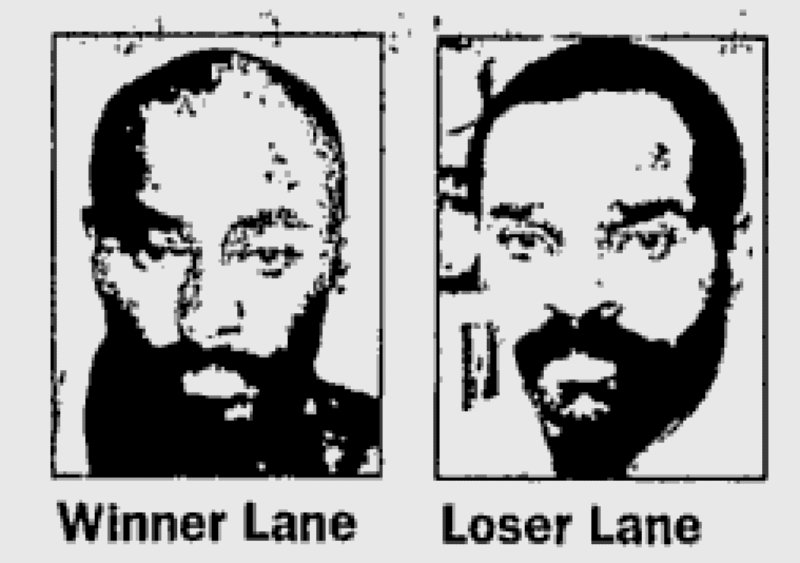
From Now I Know: "In 1958, the Lanes had a son and named him Winner. Three years later, they had another son, their eighth and final child. Needing a name, the parents asked their oldest daughter for suggestions, and she said that they already had a Winner, so why not a Loser? Later in life they would both agree that their names didn’t seem to matter to those in their community — no one assumed Winner was awesome or that Loser was a loser. If you fast forward until their late 30s, the pair’s names showed even less relevance. Winner earned himself an ID number — 00R2807. That was the number given to him during his two years in prison, the culmination of decades as a small-time crook. Loser Lane also had his own ID number — 2762 — and also like Winner, Loser’s ID had to do with his ongoing entanglements with law enforcement. That’s because Loser Lane was a police detective, and 2762 was his shield number."
Researchers have linked a gene to the emergence of spoken language

From AP: "Why did humans start speaking? Scientists suggest genetics played a big role – and they say the evolution of this singular ability was key to our survival. A new study links a particular gene to the ancient origins of spoken language, proposing that a protein variant found only in humans may have helped us communicate in a novel way. Speech allowed us to share information, coordinate activities and pass down knowledge, giving us an edge over extinct cousins like Neanderthals and Denisovans. Dr. Robert Darnell has been studying the protein since the early 1990s. For the latest research, scientists in his lab at New York’s Rockefeller University used CRISPR gene editing to replace the NOVA1 protein found in mice with the exclusively human type to test the real-life effects of the genetic variant. To their surprise, it changed the way the animals vocalized when they called out to each other."
This is what happens when you don't check your pockets before loading the washer
Someone didn't check their pockets pic.twitter.com/8CZlwXYsRo
— non aesthetic things (@PicturesFoIder) February 13, 2025
Acknowledgements: I find a lot of these links myself, but I also get some from other newsletters that I rely on as "serendipity engines," such as The Morning News from Rosecrans Baldwin and Andrew Womack, Jodi Ettenberg's Curious About Everything, Dan Lewis's Now I Know, Robert Cottrell and Caroline Crampton's The Browser, Clive Thompson's Linkfest, Noah Brier and Colin Nagy's Why Is This Interesting, Maria Popova's The Marginalian, Sheehan Quirke AKA The Cultural Tutor, the Smithsonian magazine, and JSTOR Daily. If you come across something interesting that you think should be included here, please feel free to email me at mathew @ mathewingram dot com
